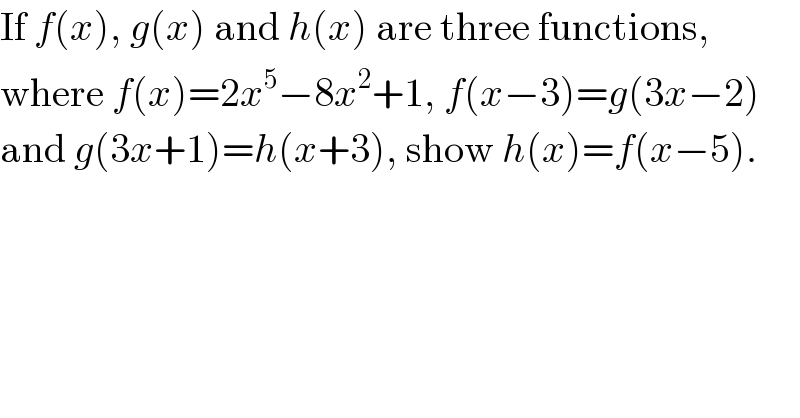
Question and Answers Forum
Question Number 117577 by ZiYangLee last updated on 12/Oct/20

Answered by Olaf last updated on 12/Oct/20

Commented by ZiYangLee last updated on 12/Oct/20

| ||
Question and Answers Forum | ||
Question Number 117577 by ZiYangLee last updated on 12/Oct/20 | ||
 | ||
Answered by Olaf last updated on 12/Oct/20 | ||
 | ||
| ||
Commented by ZiYangLee last updated on 12/Oct/20 | ||
 | ||